1,577 days, 2,409 entries ...
Newsticker, link list, time machine: HOLO.mg/stream logs emerging trajectories in art, science, technology, and culture––every day
An immersive, data-driven experience that links fluvial systems, glaciers, and climate change, Theresa Schubert’s solo exhibition “Melting Mountains” opens at MEINBLAU, Berlin, bringing together all three parts of The Glacier Trilogy (2021-22) for the first time. In it, the German bio artist draws on field research in the Western Alps to synthesize fictional archives of snowy peaks, trap ancient meltwater in hand-blown glass sculptures, and drive simulated glacial water systems with visitors’ CO2 exhalations.
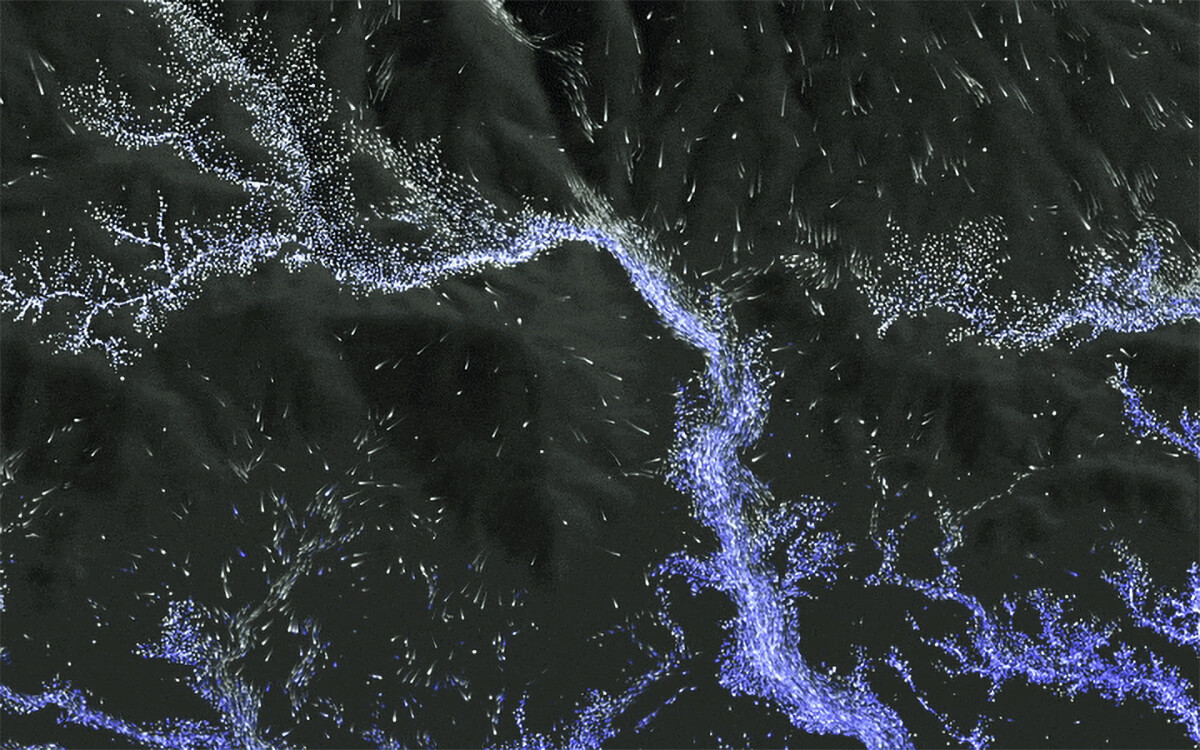
“We’d have kept our fossil fuel funding sponsors AND curated poetry competitions on climate change if it wasn’t for those pesky school strike kids.”
Underscoring the direness of the climate crisis, Oliver Ressler’s “Dog Days Bite Back” opens at Belvedere 21 in Vienna. Featured are works spanning photography, film, and installation by the Austrian artist that lament the state of stalled climate policy and fossil fuel crony capitalism run amok. His 2-channel video installation Climate Feedback Loops (2023, image), for example, starkly documents the ice melt around Svalbard, a Norwegian archipelago that is rapidly disappearing into the Arctic Ocean.
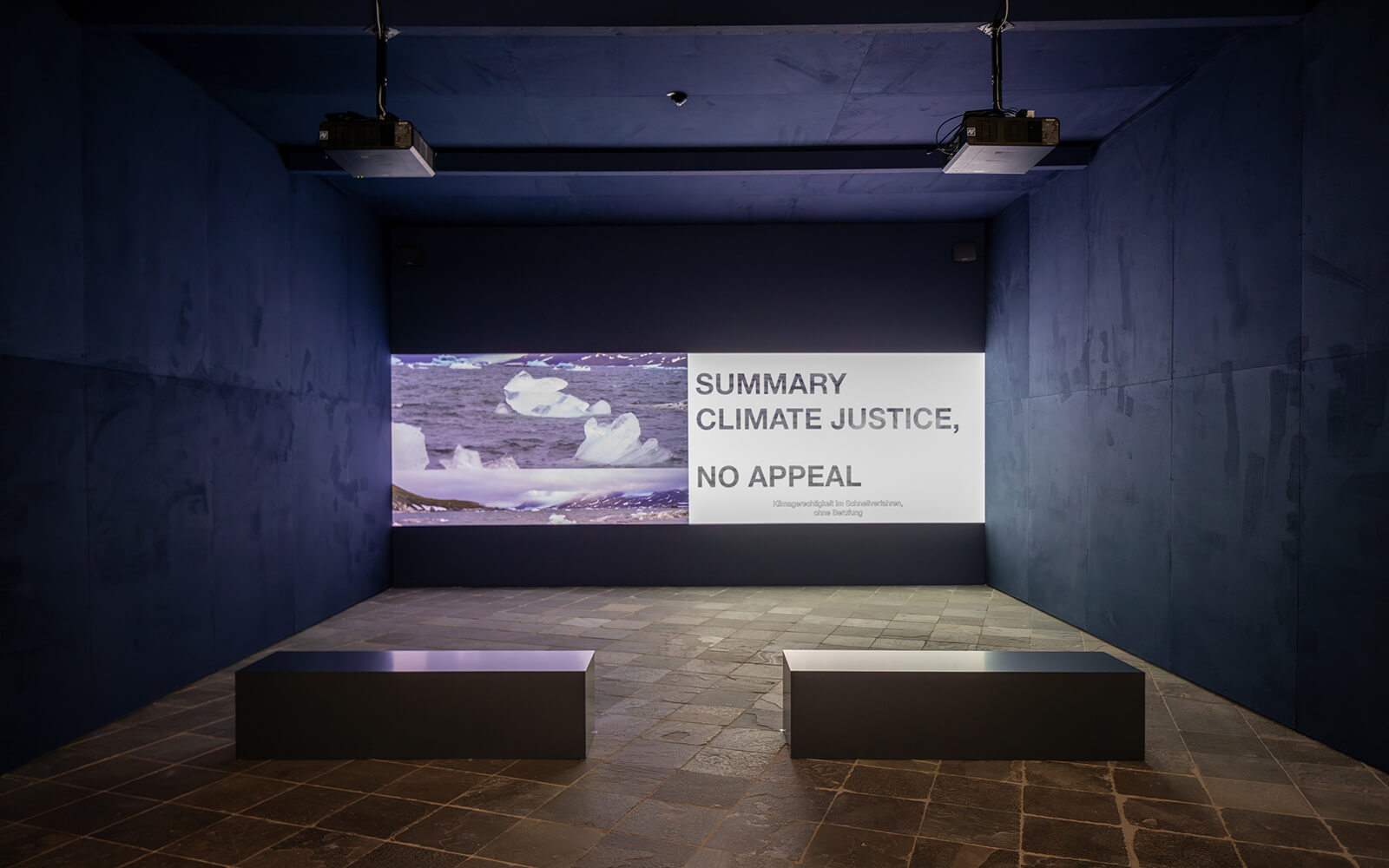
Tomás Saraceno’s solo exhibition “Live(s) on Air” opens at Tanya Bonakdar Gallery in Los Angeles, showcasing, among other works, new cloud and foam sculptures that manifest as clusters of iridescent geometries suspended in mid-air. Juxtapozed with a series of infrared photography that suggests a new era of climate-neutral aerosolar flight, the Argentinian artist’s floating colour fractals “make visible the spectral hues and synaesthetic vectors that shape the cosmic web,” inviting meditation on “forms of life and eco-social interdependence.”

“It’s estimated that a search driven by generative AI uses four to five times the energy of a conventional web search. Within years, large AI systems are likely to need as much energy as entire nations.”
“TRANSFER Download: Sea Change” opens at Pérez Art Museum Miami (PAMM), flooding a panoramic ‘video chamber’ with reflections “on the accelerating changes across climate, culture, and time.” The 9th iteration of TRANSFER’s travelling immersive format compiles works by LaTurbo Avedon, Leo Castañeda, Fabiola Larios, Cassie McQuater, Lorna Mills, Rick Silva & Nicolas Sassoon (image: Signals 4, 2023), and Rodell Warner into a playlist of “watery warnings,” rendered as generative art, animated GIFs, videogames, and CGI.
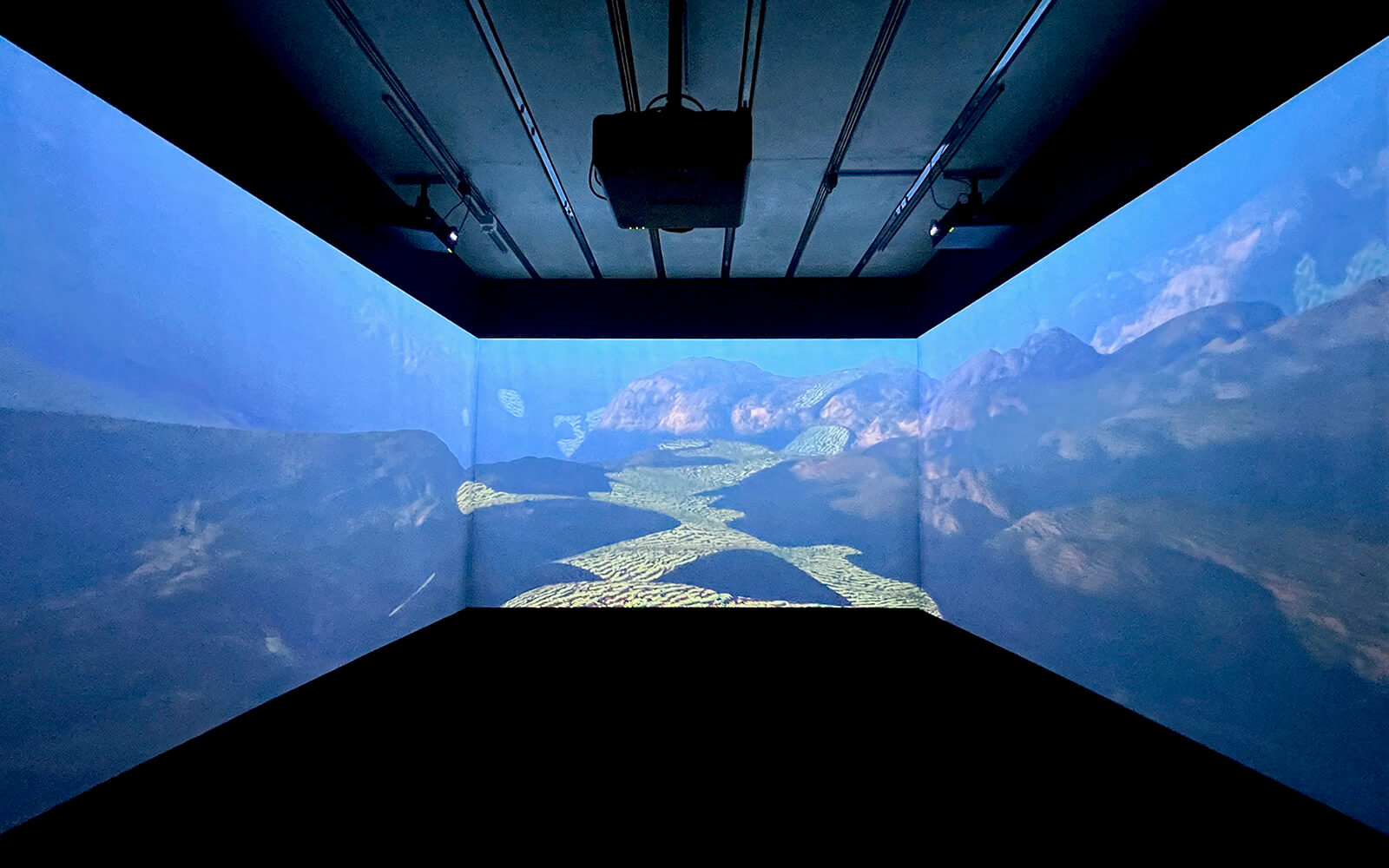
D’Souza & Staal (eds)
Court for Intergenerational Climate Crimes
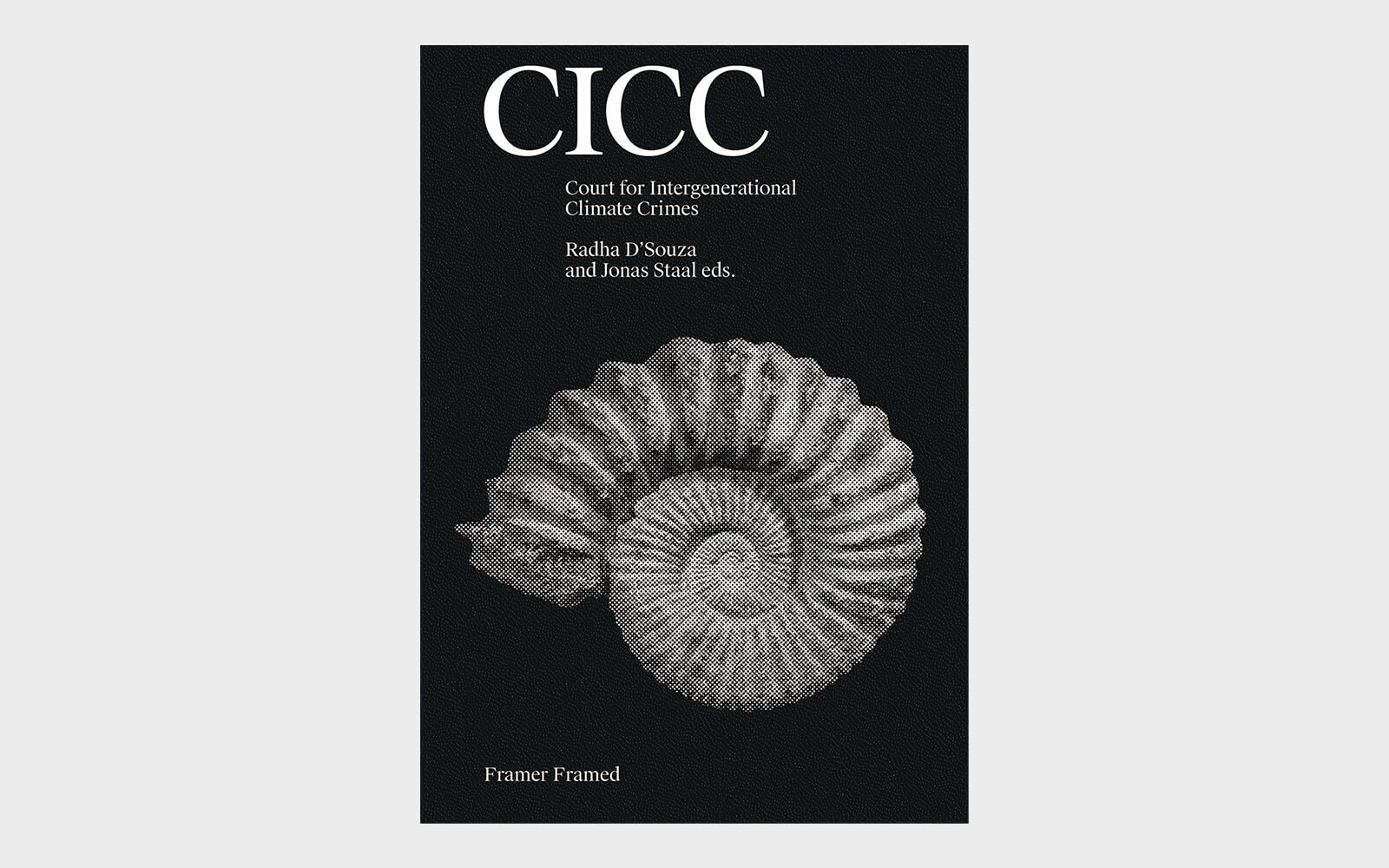
“It is really disheartening to watch artists I respect run to do ordinals. Can’t help but remember the rough convos we had around energy use and carbon load of ETH.”
“We are not moving into a 1.5C world, we are briefly passing through it in 2024. We will pass through the 2C (3.6F) world in the 2030s unless we take purposeful actions to affect the planet’s energy balance.”
“There is hope, of course, that humans may solve climate change. We have built cooperative governance before, although never like this: in a rush at a global scale.”
Branch #7
Gentle Dismantlings

“We do not live in a simulation—a streamlined world of products, results, experiences, reviews—but rather on a giant rock whose other life-forms operate according to an ancient, oozing, almost chthonic logic.”
“Instead of being in charge, these executives and lobbyists should be behind bars. At the very least, the UN should ban them from climate summits.”
Marshmallow Laser Feast premieres a new 3-channel video installation, Breathing with the Forest (2023, image), within Emergence Magazine’s “Shifting Landscapes” exhibition at Bargehouse, London. The show presents works by nine artists and filmmakers including Adam Loften, Kalyanee Mam, and Katie Holten, that “open our imaginations to our entanglement with the biosphere.” Laser Feast’s contribution, for example, invites visitors to ‘take in’ volumetric and ambisonic field recordings of the Colombian Amazon.
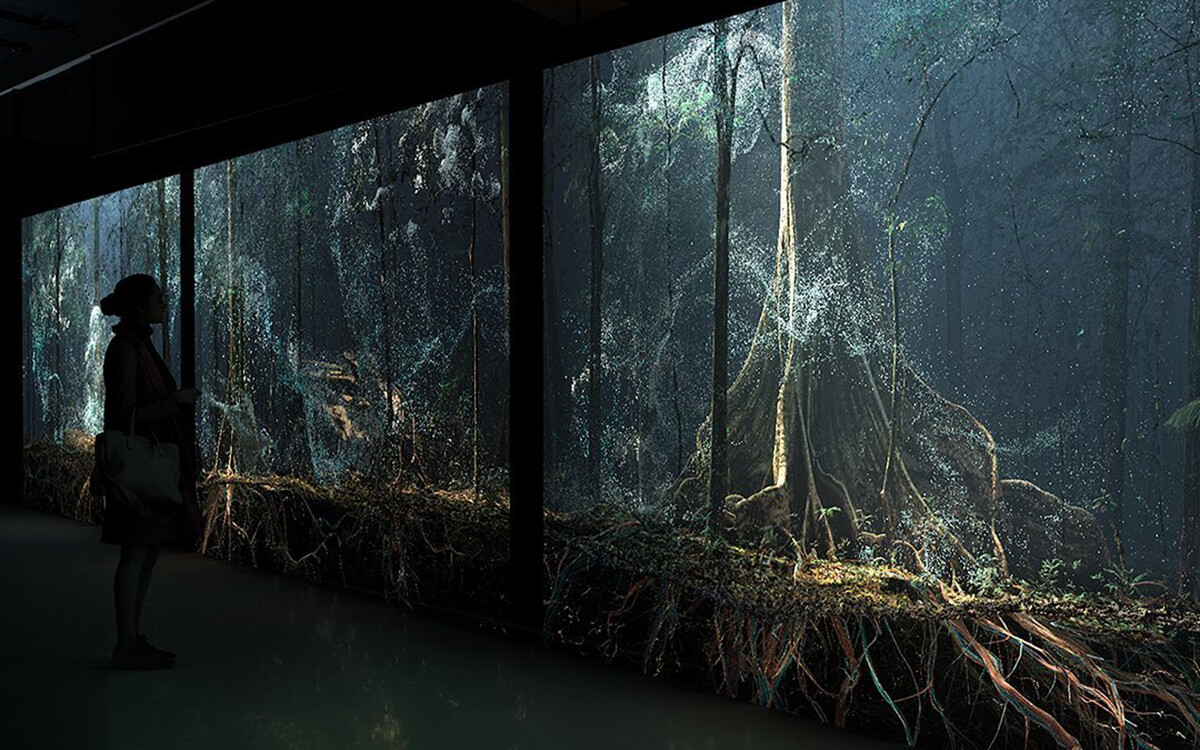
“We are in a quandary that demands careful critique, not easy derision, nor pat rejection. In terms of AI—the panoply of algorithmic softwares, predictive and surveillance technologies that the term represents—this is our 1970.”
“Historically, civilizations can’t bear a 50% GDP loss. The stakes? Our very existence. This isn’t a drill—it’s a clarion call for our age. The real threat of civilizational collapse is closer than we think. Act now, or our future might be history.”
“The structure is so complex and expensive that no single nation would be able to afford them or conceive them, but if we make a decision not to go extinct we need to start building these machines.”
“Pangea Ultima will limit and ultimately end terrestrial mammalian habitability on Earth by exceeding their warm thermal tolerances, billions of years earlier than previously hypothesized.”
“I thought that the way I had structured it was enough of an extrapolation that I wouldn’t have to deal with precisely the question you’re asking. And that has been obliterated in the last few years. That, to me, is terrifying.”
Daily discoveries at the nexus of art, science, technology, and culture: Get full access by becoming a HOLO Reader!
- Perspective: research, long-form analysis, and critical commentary
- Encounters: in-depth artist profiles and studio visits of pioneers and key innovators
- Stream: a timeline and news archive with 1,200+ entries and counting
- Edition: HOLO’s annual collector’s edition that captures the calendar year in print
